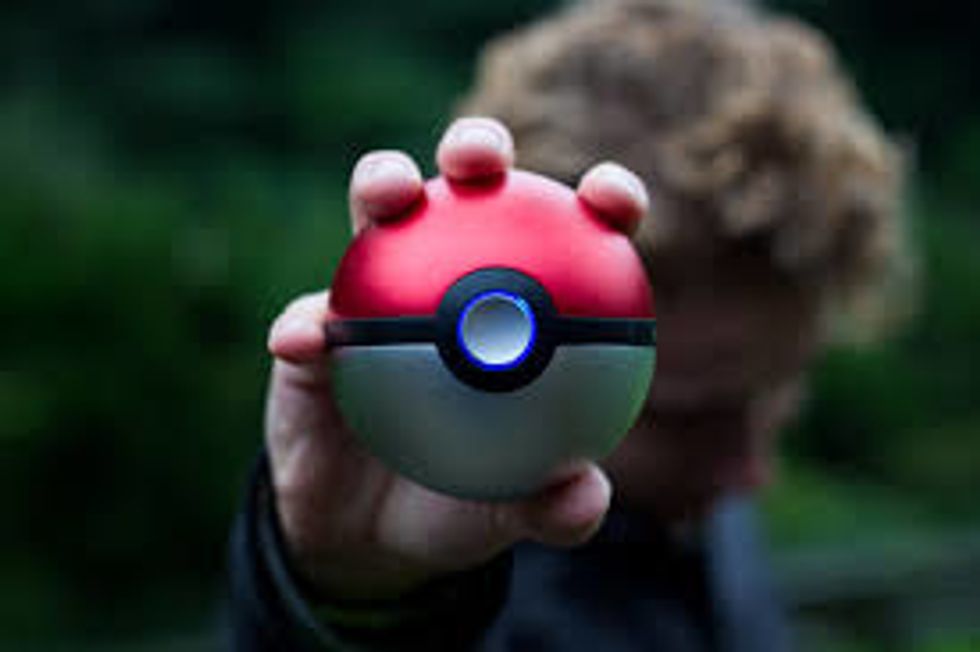Since its blockbuster beginnings in 1996, Pokémon has cemented itself as one of the most influential franchises of the contemporary era. With a variety of platforms from the video games to the anime to the trading card game (and so much more), the growth potential of the franchise is uncapped. As seen with the release of Pokémon Go in 2016, its power and influence is ever-present. The last time The Pokémon Company published their earnings on their website was in May 2019 with its estimated total revenue as $95 billion. Irrefutably, Pokémon will continue to be a defining media company as time progresses.
An integral concept explored in the game is evolution. While not necessarily adhering to the biological definition, it does implement the concept in a sensible way: as things gain experience and grow, they change. Analogously, as a fan since childhood, I think Pokémon has grown tremendously and thus evolved to adapt to its worldwide presence. Specifically, I want to talk about the main series games and how they have diversified over time.

As mentioned earlier, the first games (Red, Green, Blue, Yellow) were released from 1996-1998; they are based on the Kanto region of Japan with only one playable character option. The following generation (Gold, Silver, Crystal) was released from 1999-2000; they are based off the Kansai region of Japan and include the option of choosing one's gender as male or female. The third generation (Ruby, Sapphire, Emerald) is based off Kyūshū and the fourth generation (Diamond, Pearl, Platinum) is based off Hokkaido. These two generations also included remakes of previous games with similar mechanics.
Fast-forward beyond these two great generations and we arrive at generation five (Black and White (2010), Black 2 and White 2 (2012)). These were the first main series games based on someplace outside of Japan with the region echoing the United States. The following year, generation six (X and Y) was released with a region based on France. These games are highly reflective of Parisian fashion culture through the addition of customization options to character clothing and hair. Moreover, this generation allowed trainers to change their skin tone and eye color. Notably, a remake of the third generation games was released in 2014 that lacked these updated mechanics.
The seventh generation (Sun and Moon (2016), Ultra Sun and Ultra Moon (2017)) based on Hawaii adheres to similar mechanics, while also ditching asking your gender and rather having you pick a character profile that you like and want to be reflective of you. 2018 saw the release of another Kanto remake where the character is similarly asked "What do you look like?" Lastly, the 2019 eighth generation United Kingdom-based games offers a culmination of the customization mechanics previously mentioned and then some. The key points to be noted from this rough summary of initial game basics is that the option of gender choice was implemented and updated to not presume anyone's gender, rather allow players to identify who they want to play as; the addition of various customization options to mirror a wider range of people; as well as the development that main series games have expanded beyond Japan to represent a variety of cultures and people.
It is imperative to mention that the preceding only considers how the character can customize their personal trainer in the main series games. The sheer number of NPC diversity regarding gender, age, skin color in the games cannot be undermined and has existed since the first generation. From having Cynthia the Sinnoh region champion to an implied transgender trainer (Beauty Nova from X and Y), Pokémon continues to demonstrate their dedication to making the franchise an inclusive format that allows kids (and adults) to feel a sense of valid identity as well as provide a diverse character roster of role models. It is not perfect, and there are still aspects that can raise certain questions or grievances e.g. clothing and makeup are gender-restricted.
Even so, considering the growth of this game series and how it has evolved overtime, Pokémon is at the forefront of teaching kids (again, and adults) about diversity and identity given its sheer influence and presence in contemporary society. Additionally, this is only a consideration of the main series games. Pokémon's reach has significantly increased with the advent of mobile gaming, its popular anime, acclaimed trading card game, unparalleled merchandising, and beyond.
Significantly, The Pokémon Company's official website recognizes that they donate to specific organizations and charities, however they are not listed anywhere online (or are extremely hard to find). Yet, a recent notable donation The Pokémon Company International has advocated regards the George Floyd protests:
#BlackLivesMatter https://t.co/wOvXXYK6AW— Pokémon (@Pokémon) 1591219509.0
https://t.co/66Z1fidAYV— Pokémon (@Pokémon) 1591938017.0
Below is a gif of the Anime's main character Ash Ketchum and his friend Kiawe that the company initially tweeted in solidarity:
🤎 https://t.co/vVcVRUYIQB— Pokémon (@Pokémon) 1591034447.0
There is a relevant history of promoting inclusivity as a soft power, nonetheless along with numerous other companies The Pokémon Company has taken commendable action to directly address inequality and police brutality issues in the United States. Their goal to enrich the real and virtual world with their creations is supplemented through the establishment of a place where all people can connect and enjoy this common interest; it is inclusive of all types of trainers regardless of any attributes. Anyone can Catch 'Em All.
Sources:
Bulbapedia, Pokémon Official Website, Wikipedia (highest-grossing media franchise)























